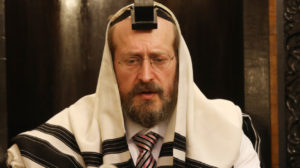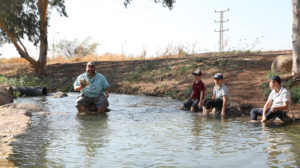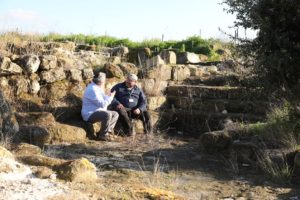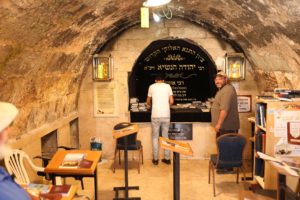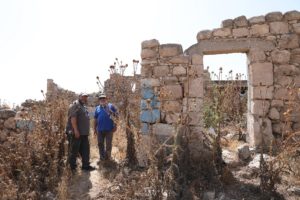Ancient as the Hills
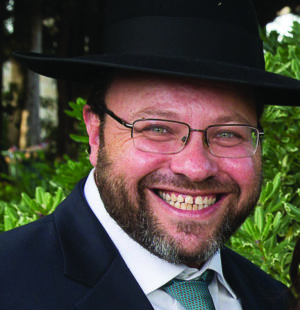
Rabbi Ephraim Schwartz climbs the rough, rocky hills of Hebron
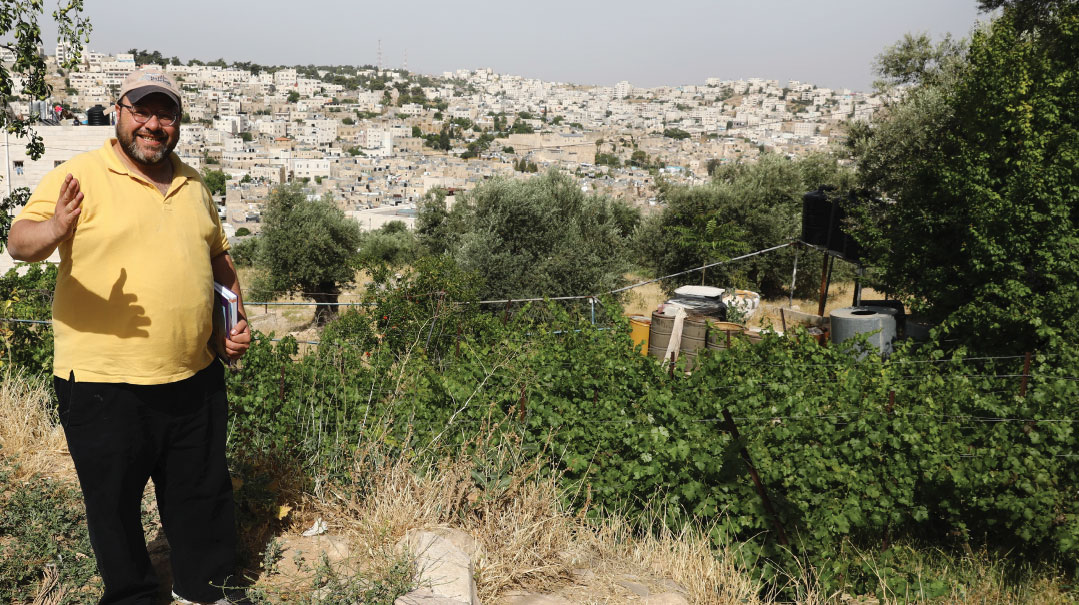
Photos: Eli Cobin
When the Meraglim came upon Chevron with its rocky, unhospitable terrain and population of giants, no wonder their hearts melted. But the strong of faith and spirit knew that in the zechus of the Avos, it would yet be an eternal inheritance. We’re still climbing
“Eretz Yisrael nikneis b’yissurim,”
Chazal tell us. Our country is only acquired with tribulations, with mesirus nefesh.
When I was a bochur in yeshivah, I thought it meant that you couldn’t get sour pickles or a decent pastrami sandwich here, and that they put chickpeas in the cholent. Today, baruch Hashem, we have it all, and yet for those of us privileged to live here with all the amenities Hashem has provided, there is still a desire to taste that mesirus nefesh of old, to connect to the sacrifices that are a necessary component of our precious yishuv. And the place I go to get that inspiration is the city of Chevron, the first city visited by the first Jewish tourists to Eretz Yisrael — the Twelve Spies we read about in parshas Shelach.
Where It All Began
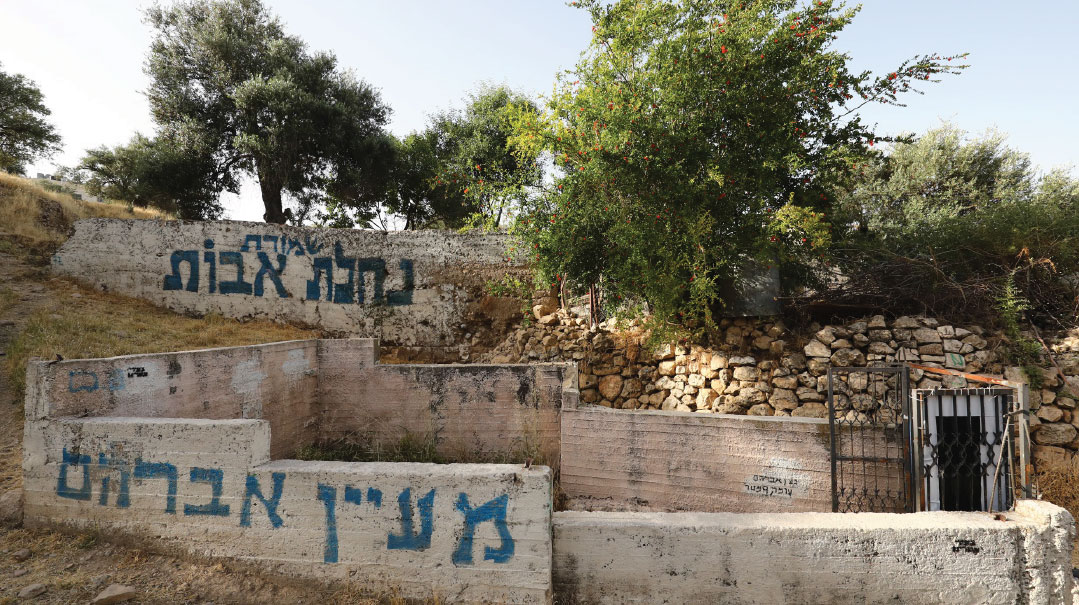
I like to start a tour of Chevron from the place where our collective Jewish life started. We’re standing at the top of the hill called Tel Chevron, in the Jewish neighborhood of Admot Yishai (Tel Rumeida), where we have an incredible overlook of this area. On all sides of us we see Arab houses — the Arab population here is about 250,000, while the Jewish population is about 800.
If you think those odds are bad, you can imagine how Avraham Avinu must have felt when he lived on this very hill surrounded by his Canaani and Chitti idolater neighbors. This is where he had his tent open on all four sides for the wayfarers that he would be mekarev with food and drink and making a brachah. It’s here that the malachim came to give Sarah the news about Yitzchak’s birth and it could be in the next field that Yishmael did some target arrow practice on the apple on little Yitzchak’s head. (In fact, the ancient Spring of Avraham is nearby — a natural water source thought to date back to the times of Avraham and Sarah.) And it’s from here that Avraham embarked on the three-day journey to Har Hamoriah with his son Yitzchak for the original act of mesirus nefesh — the Akeidah. And so, it’s from this city that mesirus nefesh is first engrained in our national DNA.
As we look around we can’t help but notice how rocky these hills are. Chazal tell us that there is no place rockier than Chevron, which is why it was a central burial place for Klal Yisrael, as the hills are not conducive to planting or growing crops. Yet we notice that there are crops growing here in abundance, particularly from the Shivas Haminim of Eretz Yisrael. As we stand under one of the many abounding olive trees, we see the grape vines that the Tribe of Yehudah was so blessed with.
As we look down below to try to spot the Mearas Hamachpeilah, I open up my Chumash to find where I should be looking. The Torah tells us that after Sarah’s passing, Avraham Avinu approached Efron and asks to purchase the “doubled cave” at the edge of his field. There really are no fields here as it is so hilly, but there is one large place down below in the valley that is flat that stands out from these hills. And right there on the edge of it as it slopes up is the towering edifice of Mearas Hamachpeilah. But back then, it was just a cave with another cave inside, and below that Avraham discovered the tombs of Adam and Chava. Later Avraham and Sarah were buried there, as were Yitzchak and Rivkah. And then we have a really big levayah — perhaps the greatest funeral in the history of the world.
In parshas Vayechi we learn that Yaakov Avinu dies in Mitzrayim, and the entire country, the most powerful nation in the world at that time, shuts down in mourning for 70 days. Then Yosef gets permission to bring his father’s embalmed body to Eretz Yisrael and the procession begins — a journey through the desert and up and across the Jordan river. The Canaanim see the entourage and join the procession as well. These hills were filled with multitudes, all coming to give the final kavod to Yaakov.
But then it all comes to a halt. There’s a hairy, redheaded hooligan blocking the entrance — it’s Uncle Eisav! The Shevatim do what we Jews are best at and begin negotiations. Chushim ben Dan, having the benefit of being deaf, doesn’t understand what’s going on — or perhaps he’s the only one who really does —grabs his sword and removes Eisav’s head in one fell swoop. So next time you come here to daven at the kever of our Avos, you might want to ponder that fact that Eisav’s holy head is here too.
Oops! We could not locate your form.

